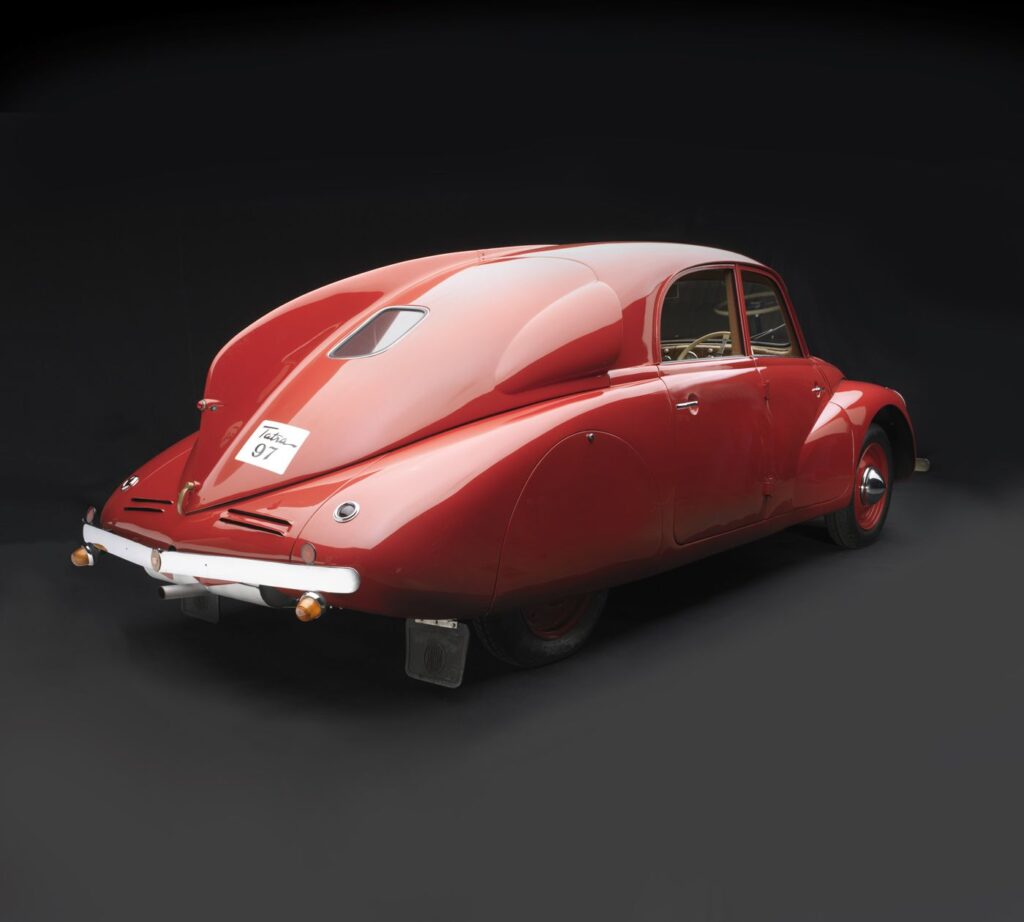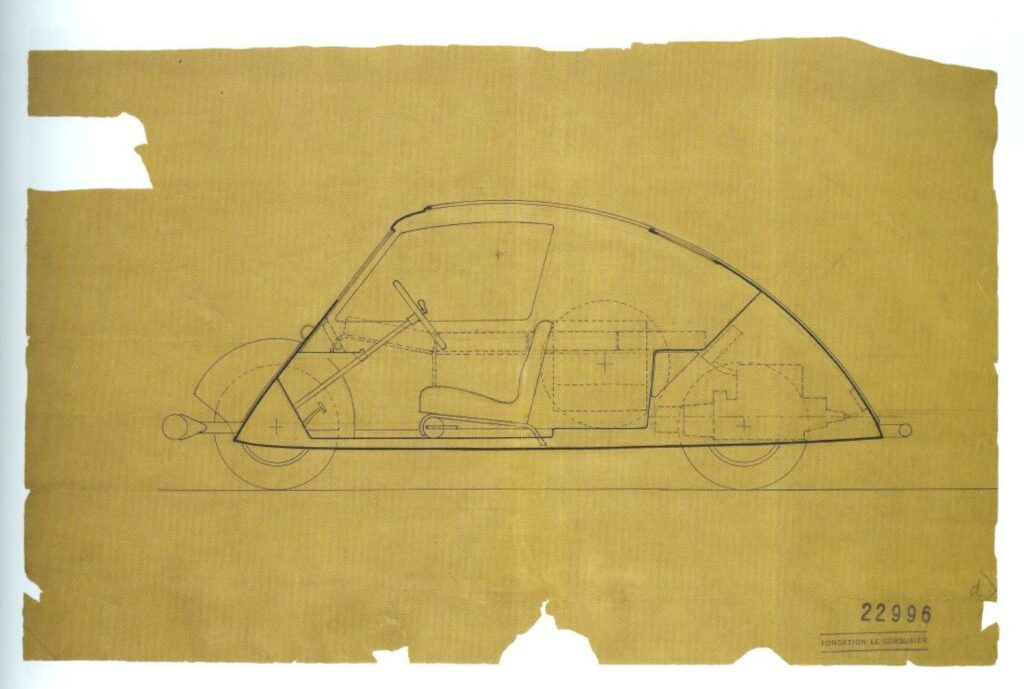
Was it the inspiration to one of the most iconic cars of the 20th century, as its creator Swiss-French architect Le Corbusier claimed? Or was it a less successful copy of the emblematic Citroën 2CV? One thing for sure, the Voiture Minimum has captured the imagination of car lovers from the day it was unveiled in 1936.
The story told this week (in the program The Story of Modern Design) was that of a brief and magical moment between the two world wars, celebrated by the high point of classical Modernism in France. The buildings, the objects, the interiors created by the pioneers of modernism – Charlotte Perriand, Pierre Jeanneret, Robert Mallet-Stevens, René Herbst — embodied notions of hygiene, new order, and the new aesthetics divorced from the past. The founders of the French Union of Modern Artists (UAM) declared: ‘We must rise up against everything that looks rich, against whatever is well made, and against anything inherited from grandmother.’
Le Corbusier was the hero, the most prolific, the most powerful, and the one who devised the theory of the modern movement in France. His achievements and masterpieces, which merged the rational with the poetic, the theoretical with the realistic were at the core of my talk this week. To him, the automobile represented an ideal metaphor for the future of architecture. In his utopian program, the home would become a ‘machine for living,’ produced just like other machines. He was so obsessed with the car which he perceived as the touchstone of modernity and the most ambitious emblem of life in modern time, that his own car repeatedly appeared in photographs of his projects during the 20s. ‘If houses were built industrially, mass-produced like chassis,’ he famously suggested in his manifesto Toward an Architecture (1923), ‘an aesthetic would be formed with surprising precision.’
Like many architects, Le Corbusier was dreaming of designing a car, and the opportunity came in 1936 with a competition organized by the Societe des Ingenieurs of l’Automobile that came to stimulate France’s industrial base. The requirement was for a minimal, small, mass-produced, inexpensive car ‘for the people.’ His entry, the Voiture Minimum did not win the competition, and furthermore, was never seriously considered for production by any manufacturer. Yet, Le Corbusier’s highly detailed entry has become a myth, with a lasting impact on the future of car design. Le Corbusier has famously claimed that his car was copied by engineer Ferdinand Porsche when designing the iconic Beetle. The idea of the people’s car (Volkswagen in German), was formulated by the leader of Nazi Germany, Adolf Hitler, who wanted a cheap, simple car to be mass-produced for his country’s new road network (Reichsautobahn). However, a recent study by Amado Lorenzo disapproves this. Scholars who have studied this saga have found that before Le Corbusier created his car, he visited an expo where Flaminio Bertoni, the Italian automobile designer had first presented his Citroën 2CV. To conclude, let’s remember the amazing Tatra T97, the Czechoslovak mid-size car, built by Tatra in Kopřivnice, Moravia from 1936 to 1939, which was the beloved car of Porsche, and Hitler himself. Tatra sued VW for copying the design, but with the war the case was dismissed. After the war Tatra sued again, and won.
Five decades after its debut, Giorgetto Giugiaro, founder of the Turin design house Italdesign, the superstar who is called ‘the Car Designer of the Century,’ commissioned a full-scale studio model, and Voiture Minimum was produced for the first time. Another replica was constructed for the London Museum, and now there are others.



